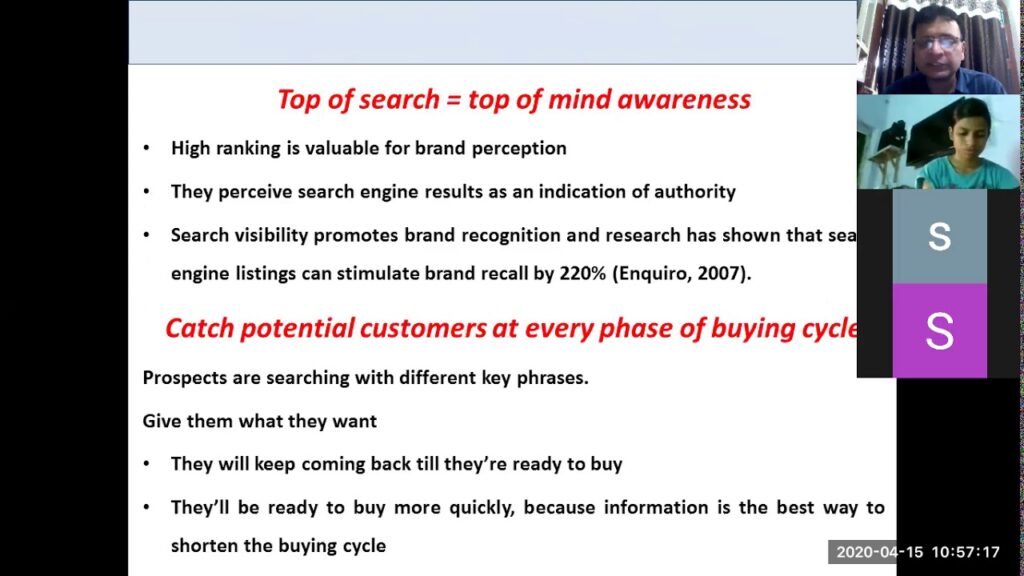We often hear people in the SEO industry ask how to accurately calculate back link data.? Here are 8 metrics worth looking into next time you do a backlink analysis.
1. Link Distribution Ratio
If you have ever looked at, at least a couple backlink profiles, you should already be aware that organically most links point towards a domain’s homepage. This happens naturally because the home page is the most relevant place to link to when mentioning a site. The link distribution ratio is the ratio of total backlinks pointing towards the homepage; to the total backlinks pointing towards the rest of the site. The more balanced the ratio is, the more links are pointing to supporting content. Domains that have balanced Link Distribution Ratios tend to have engaging content. And also link equity is spread more evenly.
2. % of Exact Match Anchor Text
Exact match anchor text is anchor text that is verbatim the query a page is optimized for. For example if you have a product category that sells platinum wedding rings and the majority of the links that point to that page have the anchor text “platinum wedding rings”, that is an example of exact match anchor text. This percentage was used significantly in the first iteration of Penguin to identify manipulative link patterns.
3. Total Number of C-class IPs
Many advanced SEOs have known for awhile that two links that share the same C-class IP address are not as strong as two links that have different C-class IP addresses. This is because when different domains share the same C-class IP it means that they are on the same server. Which can also mean that they are owned by the same person. Therefore links that share the same C-class IP are slightly devalued to negate the presence of manipulative networks. Therefore, backlink profiles with high numbers of C-class IPs do better.
4. Total Unique Linking Domains
This metric is similar to the C-class IP one, except we are looking at the number of links from unique domains. This is a value metric to understand because it can articulate the number of enities involved. For example you might have 200 links, but 145 of those might all come from one domain. Which means you might only have around 56 unique domains. That’s 56 unique “people” linking to your site. That’s a big difference than 200.
5. Citation Flow
This metric comes from our friends at Majestic SEO. To put it simply this metric is similar to Google’s PageRank in that it analyzes the incoming equity of each link. Each link is given a metric and each contributes to a larger picture of the target page’s authority.
6. Trust Flow
Trust flow is also from Majestic, and it also is similar to PageRank, except this metric is based on a data set of hand curated domains that reflect trust. The metric is then calculated by analyzing the relationship between the target page and the domains in the data set. How close is the target page linked to the curated list? Answering that question can help understand a level of trust that you can’t find with any other metric.
7. Domain Authority (DA)
DA is a neat metric from Moz. In this metric the folks at Moz have combined all of their other metrics into one domain wide metric. The data used for this metric comes from Moz’s own link data. I like using this metric to quickly judge the domain as a whole.
8. Page Authority (PA)
PA is also from Moz and combines many of the same data sets that DA uses. The big difference though is that this metric is at the page level. Because of that, PA is similar to PageRank or Majestic’s ACrank. I like using this metric when determining the value of a page in a relative context.
Back


